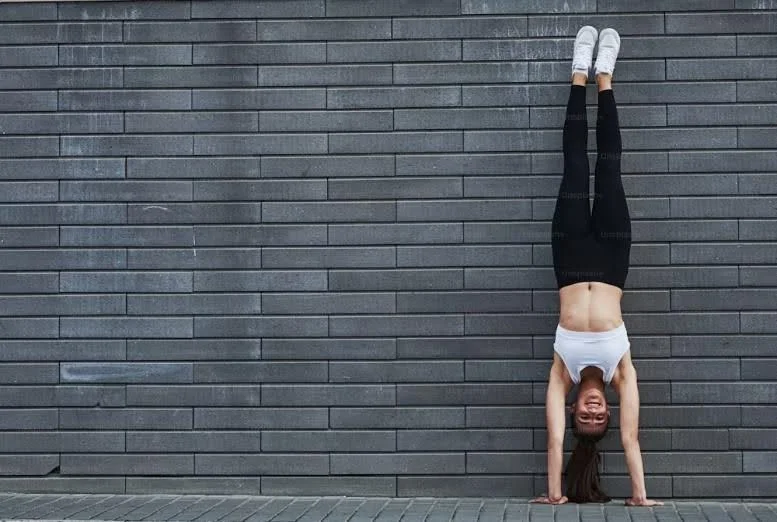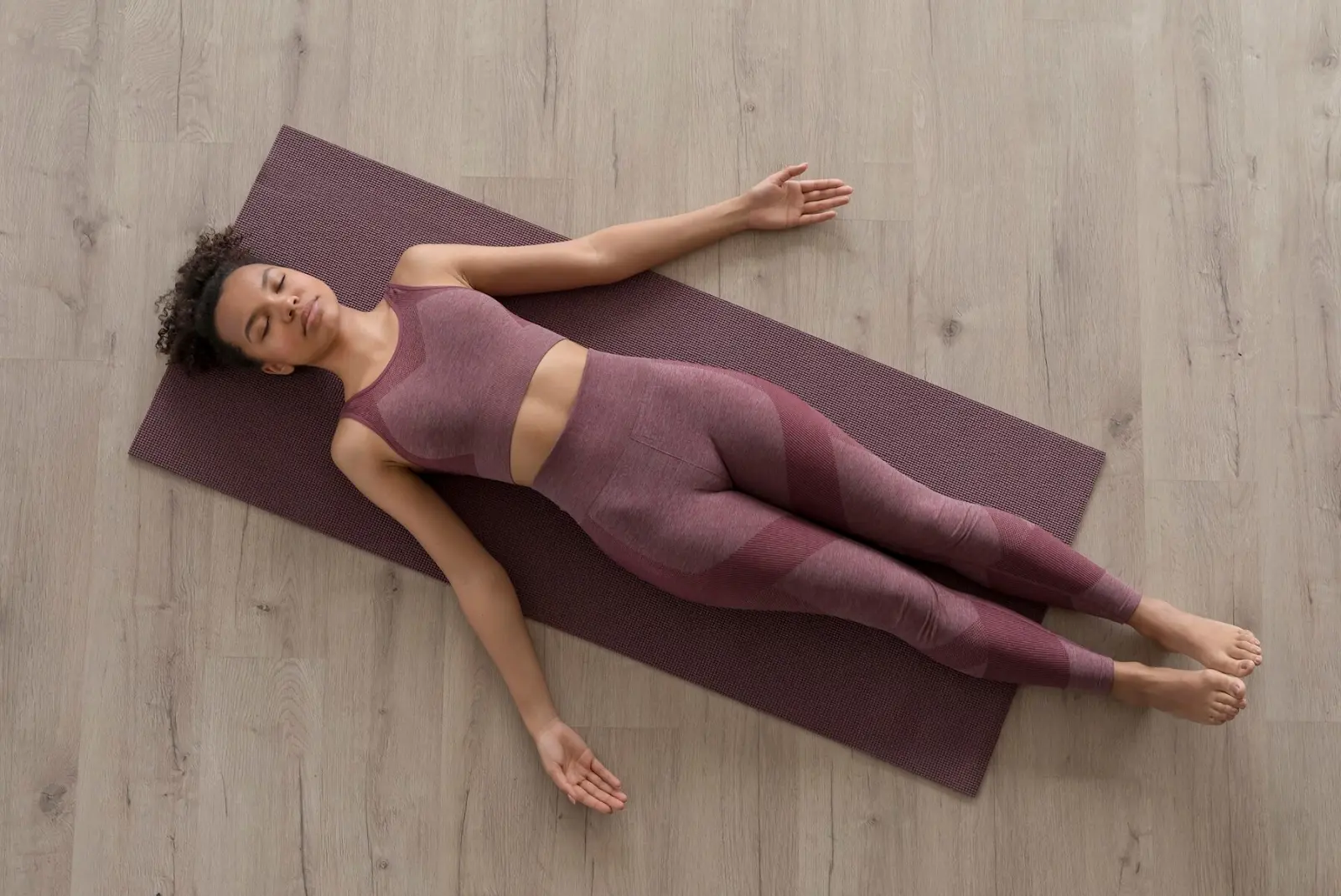There’s a lot of truth to the idea that regular meditation sessions may improve your health. In addition to helping with stress, it may help with things such as headaches and boost your immunity. It’s simple to understand why meditation is an increasingly renowned alternative to traditional medicine, considering its health advantages and low time commitment.
Learning to meditate and quiet your thoughts is challenging since it goes against the grain of much of what you perform daily. The five most often practised forms of meditation are:
- Breath Meditation
Meditation may provide some people with a secret shortcut through life. When used regularly, this method may help you gain control of your emotions. Just shutting your eyes and concentrating on your breathing will do the trick. That’s about it in terms of what this method entails. By focusing on releasing the stress as you breathe, you may find that your state of mind improves when you take a deep breath.
If you want to study well, selecting a quiet, distraction-free place to concentrate is important. If you must have music, go for something with easy rhythms or instrumental music. Avoid listening to music that is very loud or vocal. If you’re starting with meditation, 20 minutes is about right.
- Concentration Meditation
One of the forms of meditation is called “concentration.” Meditation techniques range from counting breaths or beads on a mala to reciting a mantra or looking into the flickering light of a candle. A beginning meditator could start with a few minutes to ease into the practice and get a feel for how long they can sit still without distraction.
While practising this meditation, you return it to its original concentration whenever you become conscious of your mind straying. You stop following irrelevant ideas with your attention. As a result of doing so, your focus will sharpen.
- Open Monitoring Meditation
Liberated Supervision In meditation, like in every other element of life, it is important to have an open mind and consider all possibilities. Morning time is a good time to get in some practice. Try looking within without passing judgment or intervening.
Within the first 10–20 minutes after getting out of bed, try not to sketch anything related to a certain emotion or thought. Insight into your inner state is the first step in achieving true freedom via this method. Mindfulness describes this quality of being fully present at the moment.
- Mantra Meditation
This method is quite similar to focused attention meditation; you repeat a mantra (this can be a word or phrase), except that instead of concentrating on your breathing. The concept behind this is that the delicate vibrations connected with repeating a mantra may stimulate good change in oneself, such as an enhancement in self-confidence or an improvement in gratitude for others, and assist one in achieving an even higher level of meditation. This noise makes you more aware of your surroundings and raises your level of awareness.
- Activity-Oriented Meditation
To help you stay in the here and now, activity-oriented meditation mixes sitting in quiet reflection with doing something you already love or learning something new specifically for that purpose. As part of this practice, you focus on something you repeatedly do or that allows you to enter a flow state. Again, this helps you relax and let your thoughts wander.
Conclusion
Remember that regular practice, even as simple as emptying your thoughts for five minutes daily, is more beneficial than sessions that go longer but occur less often. This is true regardless of the approach that you decide to adopt. The most effective and beneficial meditation practice is the one you are most likely to maintain over time.

































